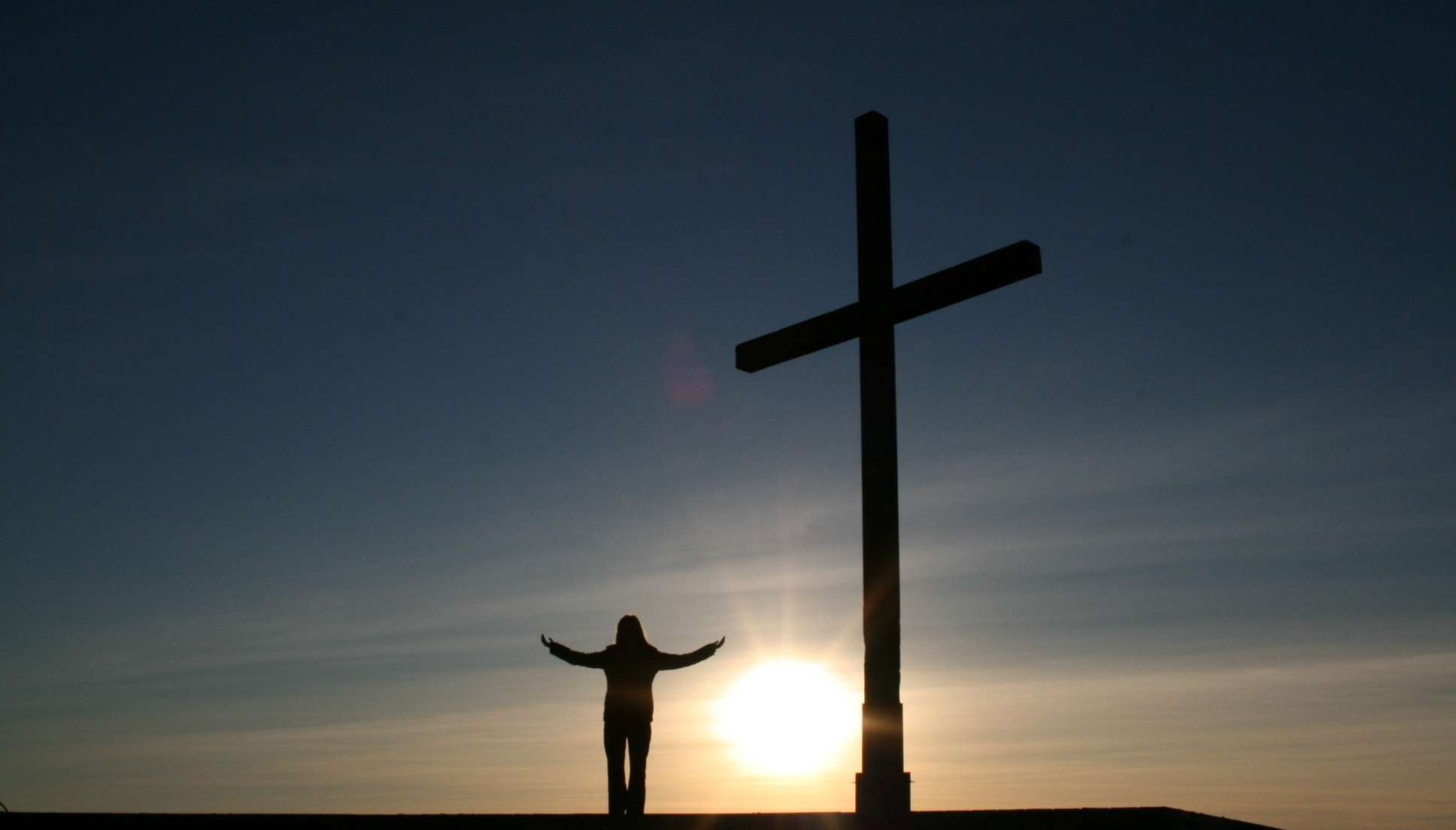
Humankind was made in the imago Dei (‘image of God’) according to Genesis 1:26-27. This imago Dei was distorted by humanity’s descent into sin and evil. God now provides us with a deep inner vivification of our spirits to be transformed by the imago Christi that shines in our hearts (‘image of Christ’). The inner presence of the Spirit of Christ will be tested by each of us, in our Christian communities, through comparison with the Christ pictured in the gospels and other Scriptures, as well as with the Christ reflected by one another. We become like the living Lord, because He is alive and transforming our rebellious inner selves into the likeness of the one true man, made in God’s image, Jesus Christ. Paul writes of Christ:
He is the image of the invisible God, the firstborn of all creation; for in him all things in heaven and on earth were created, things visible and invisible, whether thrones or dominions or rulers or powers – all things have been created through him and for him. He himself is before all things, and in him all things hold together. He is the head of the body, the church; he is the beginning, the firstborn from the dead, so that he might come to have first place in everything. For in him all the fullness of God was pleased to dwell, and through him God was pleased to reconcile to himself all things, whether on earth or in heaven, by making peace through the blood of his cross.[1]
Humans will be transformed into the image of Christ if people are open to more than the rational preached word of Christ. We need to be open to all of Christ by opening our deepest hidden selves to the light of His shining face. This is radical spirituality which requires of us a new form of bravery, where we do not segment Christ into the logical categories of what we do on Sunday, or at house group, etc. Rather, Christ’s Spirit needs to be let into every room in our inner houses, including our darkest rooms and cupboards, so that we might be fully vulnerable to Him. Theologian Stuart Murray identifies core values which make Anabaptist Christians distinct by the radical call to live the life which Jesus modelled in the ordinary rounds of His ministry, recorded in the gospels. He paints a radical view of what Christian values need to include. I recommend his book.[2]
In this vulnerability, giving Christ access to our darkest memories, God’s people will be transformed into the likeness of Christ, who reveals what the Father and the Spirit are like. The imago Dei and the imago Christi are in fact the imago Trinitatis (‘image of the Trinity’). In other words, humanity is made in the image of God’s community, designed to live in Trinity’s community. Indeed, we do not exist as real persons in our own right unless we live in meaningful relationships with others, because a person is defined as a real self only when he or she has other selves to define themselves in relation to. The imago Christi is what we, His disciples, are to model our lives on. The imago Christi reveals what God the Trinity is like.
[1] Colossians 1:15-20.
[2] Stuart Murray, The Naked Anabaptist: The Bare Essentials of a Radical Faith, Milton Keynes: Paternoster (2011), pp. 70-92.

